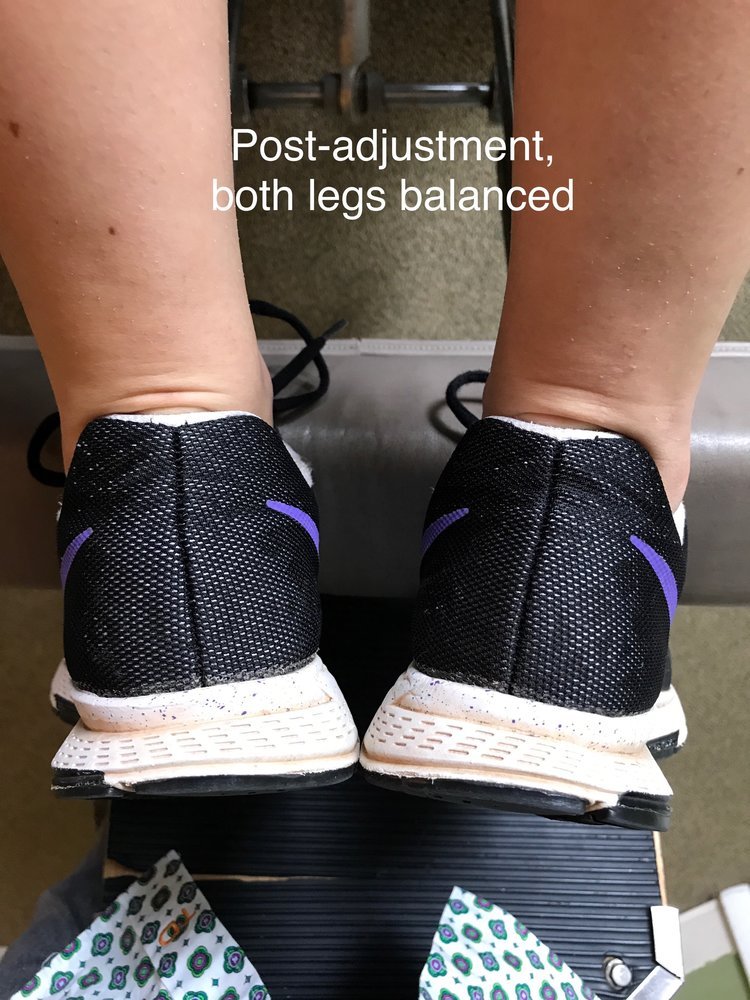Leg Length Inequality
An example of the biomechanic changes when you don't have proper alignment.
Leg length inequality?! What on earth is that?
It's definitely a mouth-full, but it's one of the most useful tools in a chiropractor's tool box for helping figure out what is wrong with the patient. In fact, it's a basic test or check for nearly every major technique.
Let's break this apart and look at it piece by piece.
We have two types, true or apparent leg length discrepancy or inequality, we'll use LLI for short. True LLI means that there is a bony difference in the two legs resulting in an anatomically short leg. No matter what postural changes we make, the leg will always be short. However, apparent leg length, which is what most chiropractors address, deals with a mild difference in leg length caused by pelvic obliquity, or a pelvic misalignment.
Both of these LLI will cause some pretty serious complications and can cause some pretty serious pain and discomfort. If you look at the skeleton in the picture above, you'll see a few things...
Uneven shoulders. This will cause the trapezius muscles that sit on the shoulders and help hold up the neck to have uneven tone. This can result in neck pain and headaches as well as chronic tightness in the neck, shoulders and upper back.
Tilted pelvis. How can you have a strong house with a weak foundation?! The pelvis supports the entire spine and is essential in standing positions. A tilted pelvis will distort the biomechanics of walking, sitting, standing, and possibly lying. Back pain and possibly leg pain are inevitable with this condition.
Rotated knees. When one knee spins in and the other doesn't, you are setting yourself up for a much greater risk of knee, ankle and hip injuries. It goes without saying that this will also result in knee pain or lower leg muscle issues.
Dropped arches and rotated ankles. This skeleton picture above only mentions dropped arches, which is a shortfall related to pelvic tilting, but it does not include that ankles can get jammed and rotated out of position as well.
An example of a true leg length inequality.
While we can't help true leg length differences other than offering to create a special shoe or orthotic designed for you, we can absolutely tackle an apparent LLI.
Here are two photos of one of my patients, you may recognize my shirt tales in the bottom of the photo. :)
Going back to the image of the skeleton at the top of this blog post, when we are able to balance out your pelvis and restore leg length equality, we able to instantly correct a variety of biomechanical problems. This is one of the many ways that chiropractic acts as a catalyst to relieve musculoskeletal pain.
Yours in health,
Dr. William




